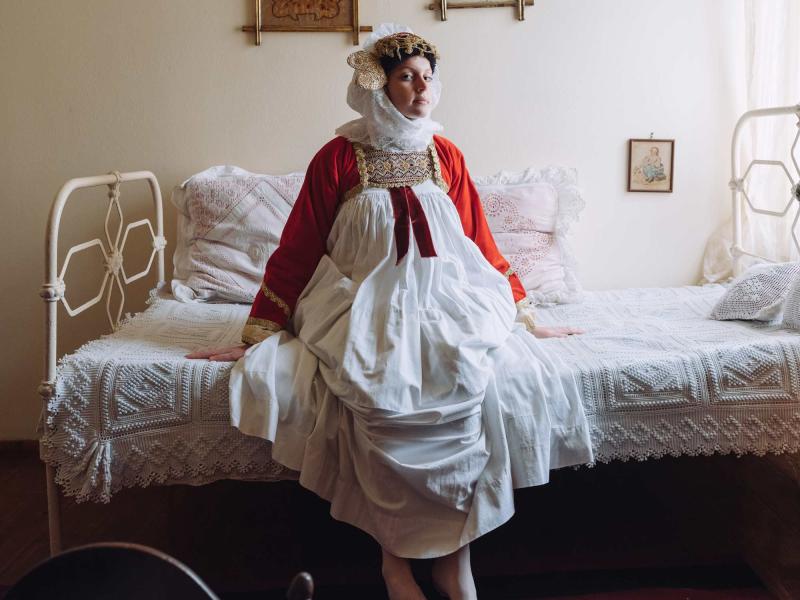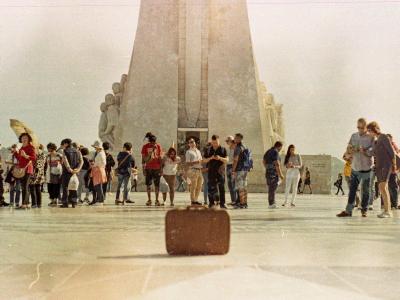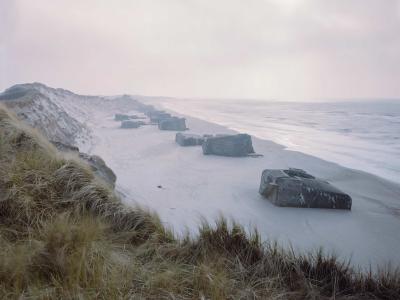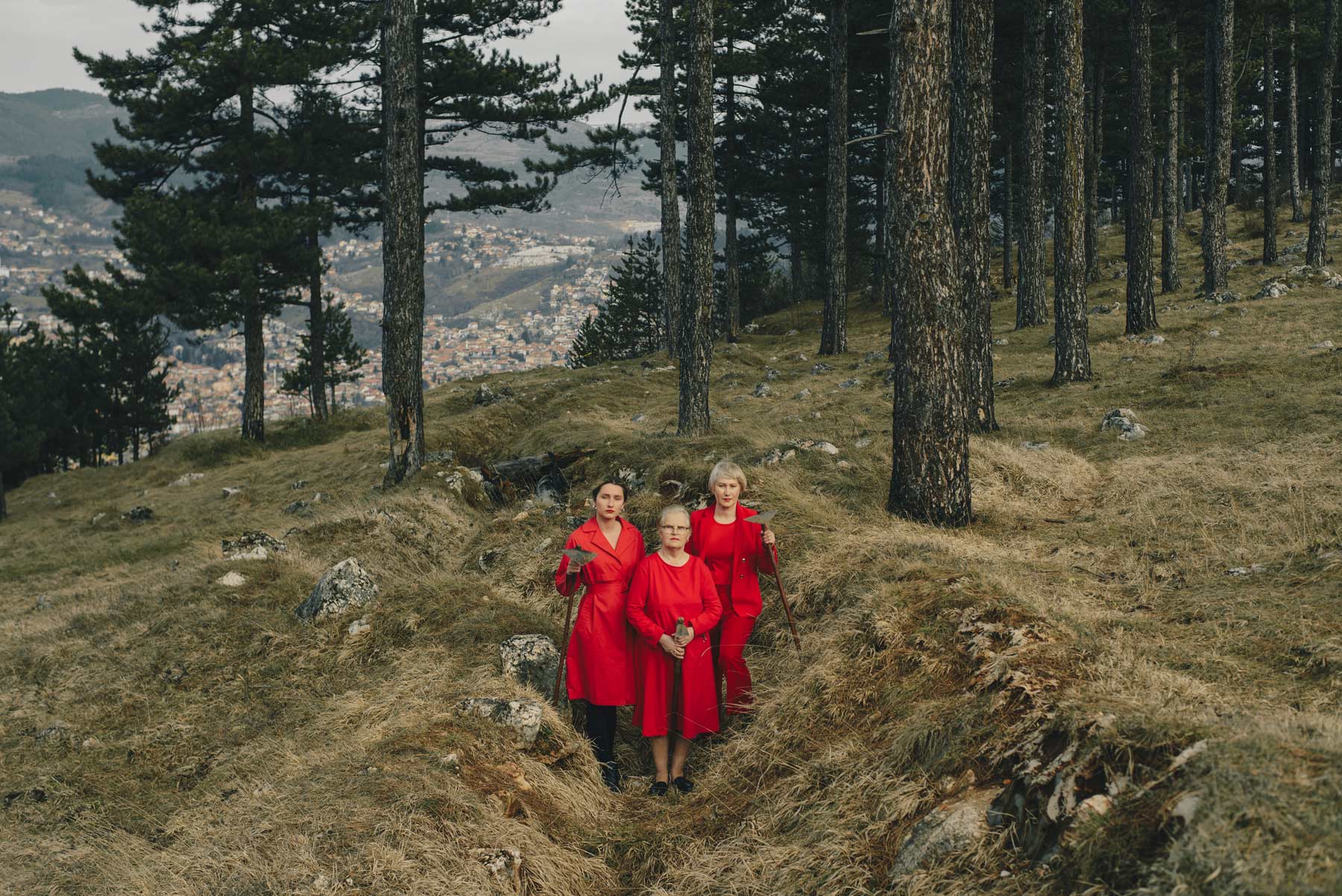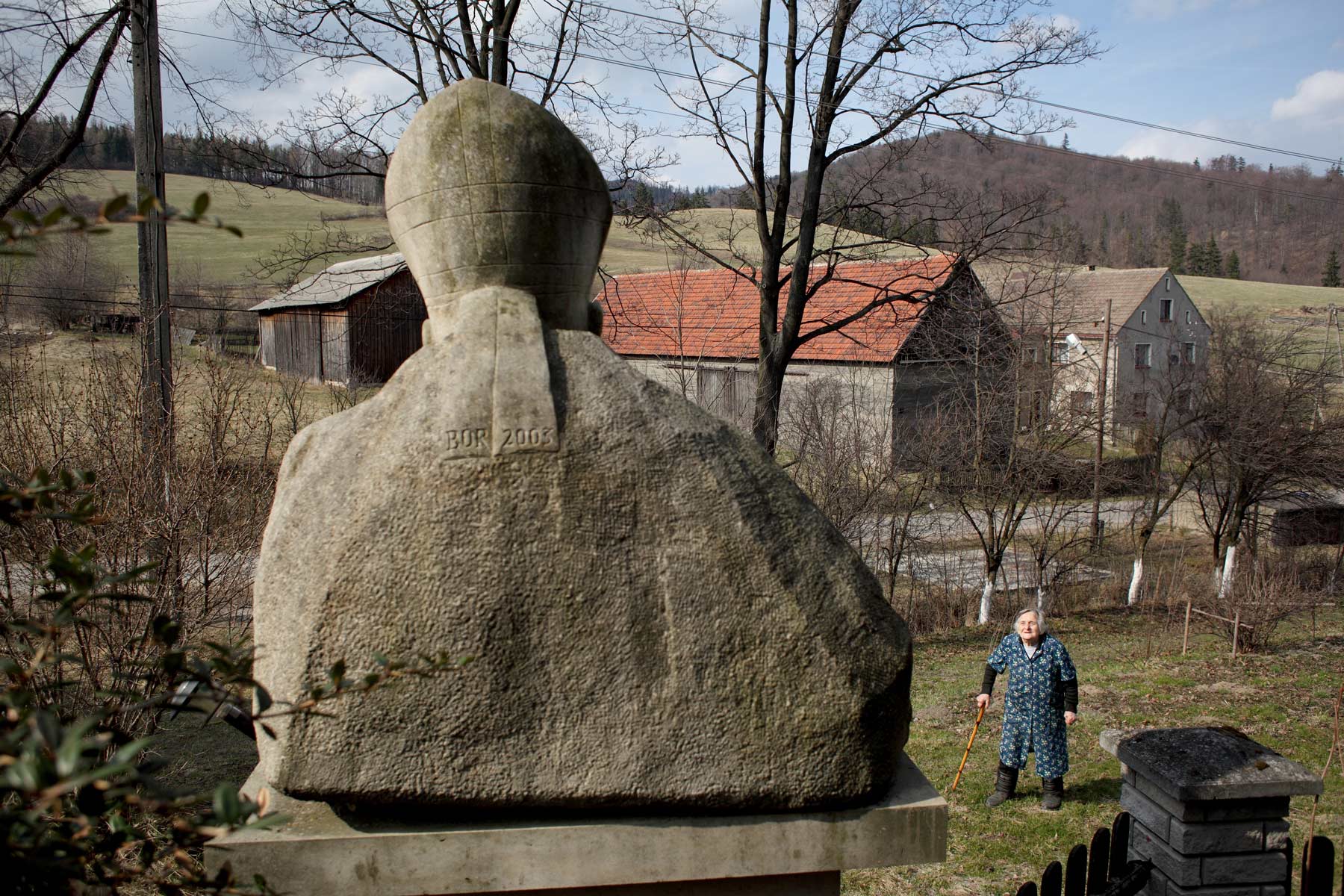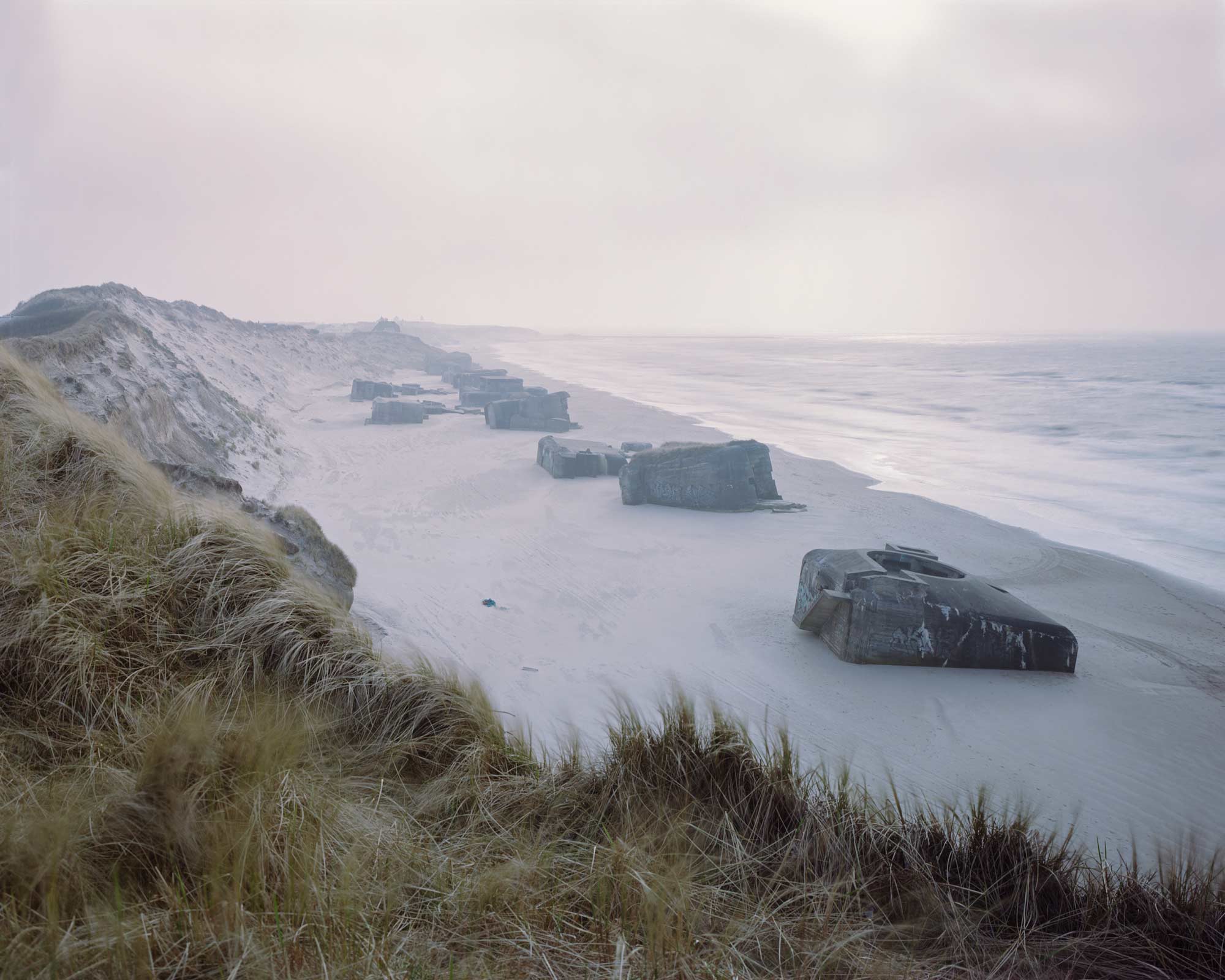
Exhibition overview
in the 21st century
exploring the diversity of our relationship with history
we invite the past into our present
Why history? What is behind our need for history, and our use of the past? Europeans engage with the past in highly diverse ways, from commemorating historical events to participating in re-enactments, from taking tourist selfies to destroying monuments, from digging up forgotten pasts to keeping private collections.
What are we searching for when we connect with history? Are we seeking an identity that goes beyond our own lives? Are we longing for social connection or political community? The exhibition is divided into seven sections exploring different types of engagement with the past and the various needs and motivations behind them.
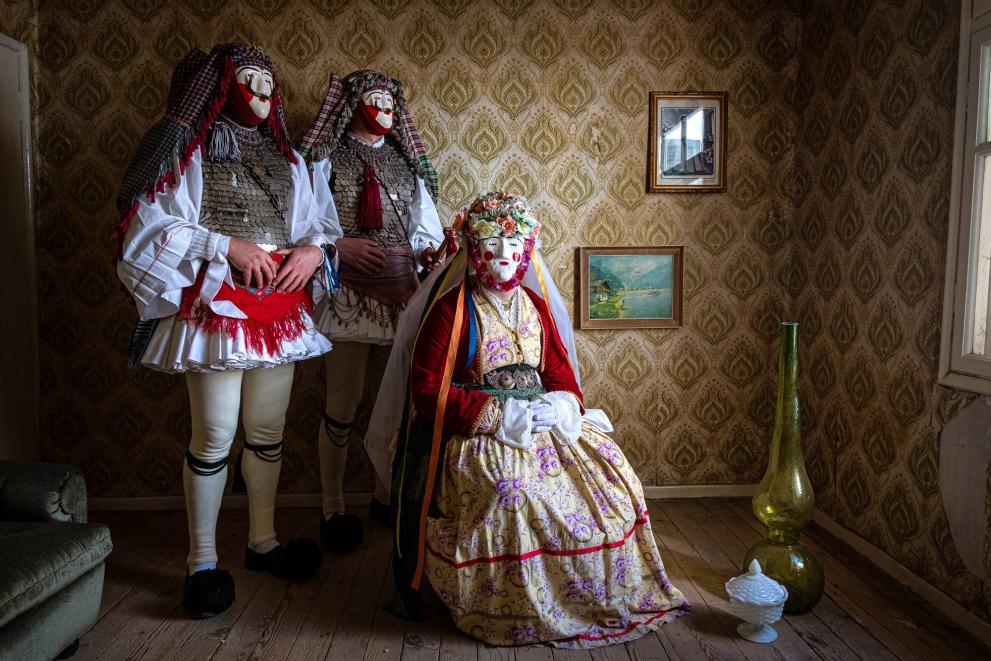
- When
- 28 March 2025 - 11 January 2026
- Admission
- Free
- Location
- House of European History, Park Leopold, Rue Belliard 135, 1000 Brussels, Belgium
The Presence of the Past exhibition takes place at a turning point for the European Union, the European continent and the world.
Every photograph is a small monument, a testimony to the past. Each image is an act of remembrance.
Guided tour of ‘Presence of the Past’
An active focus on selected photographs
The guided tour is based on public participation using the “Visible Thinking Method”, which encourages observations of the photographs before going into a facilitated discussion based on what is seen, reflections, interpretations, facts about the documentary photographs and concepts of the exhibition.
A selection of the following questions would also be addressed:
- What is the past and what is history?
- How do re-enactments represent historical events?
What is commemorated or de-commemorated and how? - How does ‘hero-making’ work?
- Duration:
- groups of 10 - 15 persons can book a 90-minutes guided tour
- Languages:
- English, French, German or Dutch.
- Booking time:
- one month in advance.
The tour is designed for the general audience, aged 16 years old and over. Book via the museum’s online booking platform. School groups may also book these tours. To prepare, teachers may request the catalogue of the exhibition in electronic format via email.
Slow Looking Saturday – Take your time in ‘Presence of the Past’
Join us on the first Saturday of each month from May to December to explore the exhibition at a different pace. Led by one of our guides, take your time and look at one selected picture. Each session will focus on a different picture.
Discover the full programme and selected pictures.
- The Slow Looking Saturdays are 05.04 | 03.05 | 07.06 | 05.07 | 02.08 | 06.09 | 04.10 | 06.12.
- Registration is not mandatory – but you can sign up to receive a reminder.
- Meet the guide at 14:30 in the Fables Room (just before the entrance of the temporary exhibition) – be aware that to enter the museum, you should pass through security checks which can take some time. Please arrive 10 minutes in advance.
- The activity will be held in English.
- It is suitable for people aged 16 years old and over.
Exhibition sections
Destination history
Contemporary tourism transformed the past into something that can be visited.
From Cleopatra’s pool in Türkiye to the Auschwitz memorial to Lisbon’s Monument of the Discoveries, are we tourists or time travellers?
Post-heroic commemorations
Dissatisfaction with official cultures of remembrance led Europeans to organise grassroots commemorations.
The Sarajevo siege and the Second World War are now remembered with healing ceremonies.
Re-enactments
Re-enactments are reconstructions of historical events, which focus on authenticity in every detail.
Europeans re-enact all periods of history, from prehistoric times to the Viking Age, from medieval battles to the wars of the 20th century.
Hero-making
Does historical greatness endure?
From Atatürk to Pope John Paul II to Maradona, heroes are made and unmade by each one of us.
De-commemoration
Can we make an unwanted past disappear by removing its monuments?
Communist monuments from Bulgaria, Ukraine and former Yugoslavia share the space with de-colonial claims on public monuments.
The past as landscape
Not everything is meant to be commemorated and enshrined as heritage. Forgetting is natural.
This section reveals how human history has deeply shaped European landscapes.
Everyday historians
The faster the present moves, the greater our need for anchors in the past.
Collecting, preserving, archiving is how Europeans are now documenting the wonders and horrors of the past.
Exhibited artists and photographers
- Niels AckermannLink is external
- Timothy AllenLink is external
- Samuel ArandaLink is external
- Petruț CălinescuLink is external
- Michela CaneLink is external
- Roger CremersLink is external
- Mine DalLink is external
- Véronique Ellena Link is external
- Nick HannesLink is external
- Romane IskariaLink is external
- Jan KempenaersLink is external
- Smirna KulenovićLink is external
- Fañch Le BosLink is external
- Valérie LerayLink is external
- Dmitry LovetzkyLink is external
- Luca NuvoloneLink is external
- Piotr MałeckiLink is external
- Michael PappasLink is external
- Ria PacquéeLink is external
- Hugo Passarello LunaLink is external
- Julien SalesLink is external
- Anna Safiatou TouréLink is external
- Anastasia Taylor-LindLink is external
- Bas van SettenLink is external
- Elizar VeermanLink is external
- Marc WilsonLink is external
- Sofia YalaLink is external
Catalogue
- Editors
- Simina Bădică, Stéphanie Gonçalves
- Publication Project Management
- Stéphanie Gonçalves, Nicolas Withof for the liaison with Publications Office of the European Union
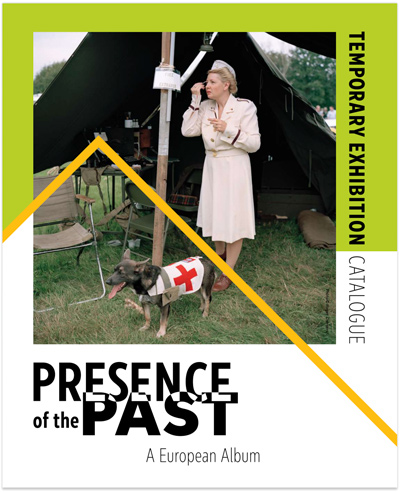
Participatory partnership
Six students and recent alumni of the Photography Department of the École nationale supérieure des arts visuels de La Cambre were invited to create a counterpoint to the themes and photographs curated by the museum. Each section exhibits one such project, developed under the coordination of professors Hervé Charles and Olivier Thieffry.
Exhibition team
| Simina Bădică, Stéphanie Gonçalves, Andrea Mork | curators |
| Nathalie Minten, Karolina Milkowska, Rocío del Casar Ximénez, Vladimir Čajkovac | conservation and collection management |
| Pieterjan van Langenhove, Pauline Gault | educators |
| Estela Vallejo Latorre | events coordinator |
| Philippe Peyredieu du Charlat | exhibition production manager |
| Vito Maltese, Marco Bellocchio, Carlos Ibañez, Ollivier Rocher | facilities and security management |
| Tatiana Tumashik | communication team |
| Jasna Burn | financial coordinator |
- Exhibition Design
- Marie Douel Studio (Bavo Gladiné, Lolà Mancini, Marie Douel)
- Production
- Meyvaert
- Graphic Design
- Laure Giletti, Gregory Dapra
- Photographic print
- Milo-Profi
- Graphics print
- Bulle Color
- Mounting and art handling
- Steven Blum and team

